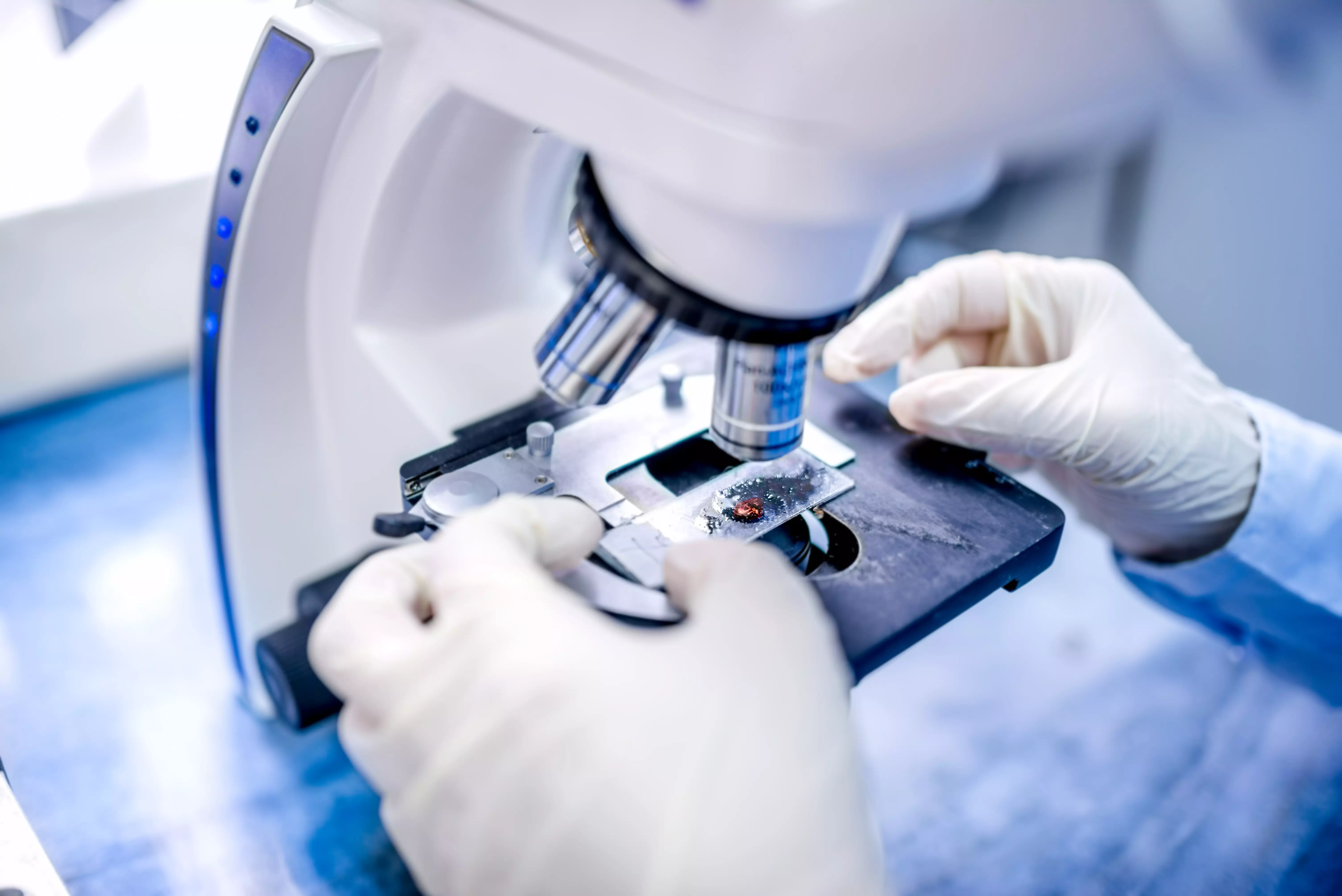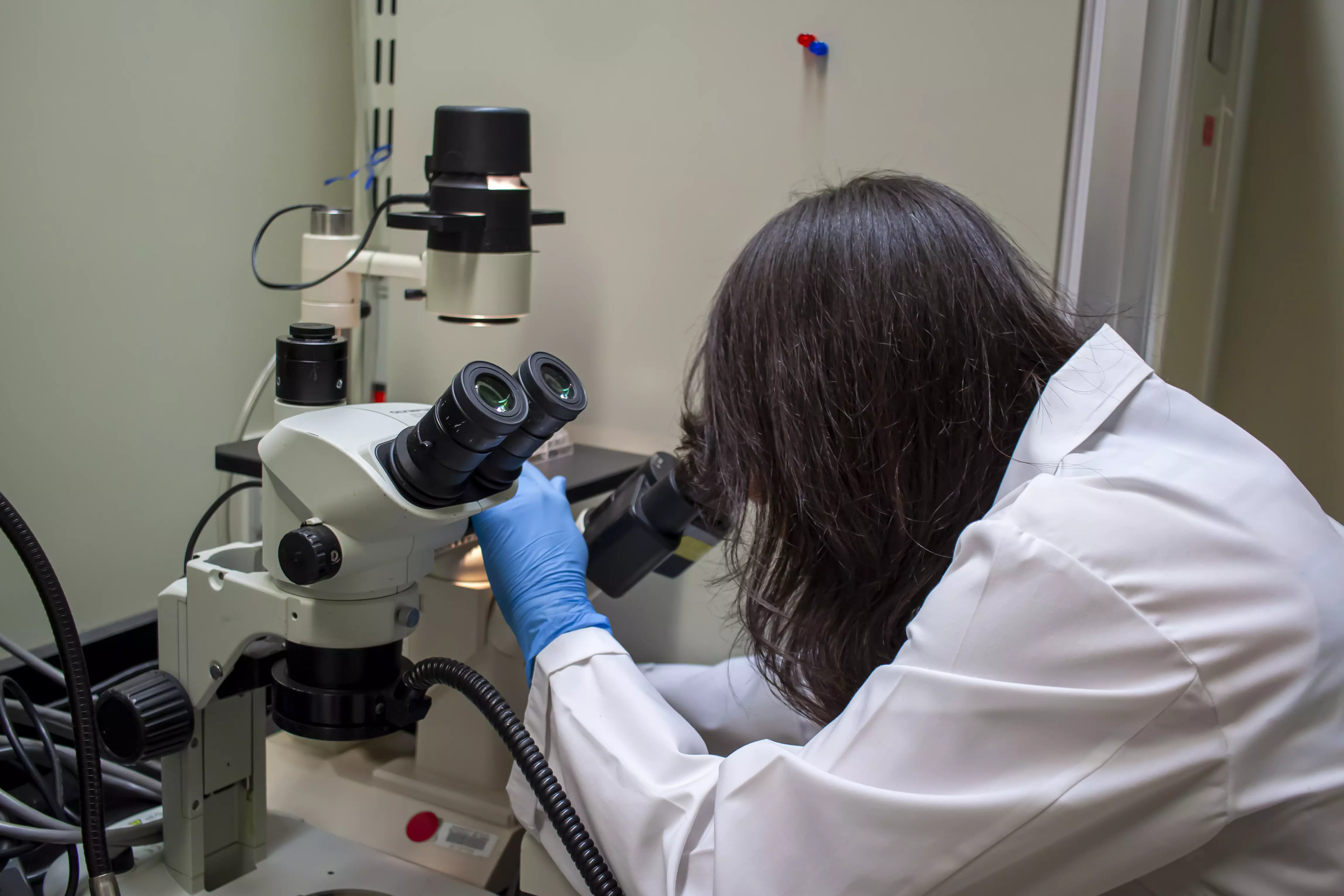Comments (2)
Simon Whitelock
Inverted microscopes are invaluable in the laboratory for cell analysis.
Emma Mitchell
These microscopes save time and money in sample preparation

Microscopes are used in many scientific processes, especially when it comes to observing small objects, including cells.
Whether it’s for traditional medical science or forensics, microscopes are essential instruments. However, as science progresses, new technological advances are designed to provide greater magnification to achieve better results. This is where an inverted microscope enters the picture.
But, if you’re new to this innovation in the field of science, keep reading this article to learn more about the inverted microscope.

An inverted microscope is simply a microscope with its illumination source above the microscope stage, while the objectives and revolving nosepiece or turret are below the microscope stage itself, pointing upwards. It was first invented by J.L. Smith in 1850.
Smith developed this particular microscope because he believed that it helped him better view specimens under the microscope. This technique allowed him to view living and unidentifiable samples under the microscope and obtain greater clarity and resolution than he would have achieved if his light source were located above his microscope stage.
Unlike other types of microscope, using the inverted type allows a user to view cells from the top and bottom sections of the apparatus. Moreover, when you use an inverted microscope, the specimen under observation remains uncontaminated even when touching the objective lens, thereby keeping the sterility of the sample.
However, if you’re looking for an inverted microscope for your needs, there are many options to choose from. Reliable providers and manufacturers such as Microscope International offer a wide range of inverted microscopes that may be suitable for your needs.
The working principle of an inverted microscope is comparable with that of an upright microscope. Both microscopes use light rays to focus on a specimen to form an image that can be viewed through the objective lenses. However, with an inverted microscope, the light source and the condenser are found at the top of the stage.
The condenser found at the top of the specimen stage concentrates the light on the specimen so the person looking at it can hold the sample. The objectives located below the stage are pointing upwards and collect light from the condenser, magnifying the image sent to the ocular lens. The light from the ocular lens is reflected through a mirror.
This microscope is sometimes called a table microscope because it looks more like a table than a microscope. It has a flexible neck so that it can be tilted upwards and downwards allowing you to look at any area of the specimen.
One of the main differences between inverted and upright microscopes is the location of the condenser. In an upright microscope, the location of the source of light and the condenser is below the stage which is pointing up, while the objectives are located on top of the stage, which is pointing down. Moreover, when using an upright microscope, you can see the specimen from the top through the lid of a coverslip or petri dish.
However, if you want a better idea of how inverted microscopes are different from upright microscopes, check out the table below:

To be correctly be acquainted with the inverted microscope, you need to learn about its different parts:

The inverted microscope has been adapted to various uses, including the medical field. It’s mostly used for identification, diagnosis, treatment, and specimen preparation. Its versatility allows it to be used for multiple tasks. However, one of the most common ways to use an inverted microscope would be looking at dried or disintegrated parts of organisms. Dried or decayed material that cannot be visualized using the traditional microscope methods can often be identified using this type of microscope.
Inverted microscopes are also used in diagnostics fungal cultures and nematology extraction specimens. Aside from that, it’s widely used for live-cell imaging, like observing living microbial cells.
In Biology and the medical field, microscopes are as crucial as other machines like MRIs and CT scans. There are a lot of different microscopes, and the inverted microscope is one of the most used to diagnose various diseases.
As discussed above, inverted microscopes have an advantage over upright microscopes because it has better imaging and it’s more versatile. The inverted microscope has a broader stage to view specimens in larger glass tubes or Petri plates. It also allows a researcher to use large amounts of samples. Large parts of the specimen can be examined because the researcher can view its properties to understand it better. Since the objective lenses are located at the bottom, it’s also less likely to be contaminated when it’s moved around.
Bear in mind that inverted microscopes are more expensive compared to upright ones. If you’re going to study live cells, it’s better to use the inverted microscope for better imaging of the specimen.
Inverted microscopes are invaluable in the laboratory for cell analysis.
These microscopes save time and money in sample preparation
Leave your comments
Post comment as a guest